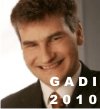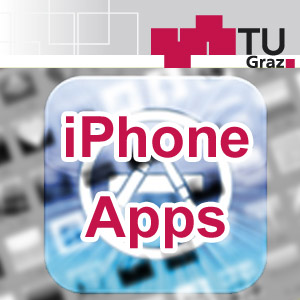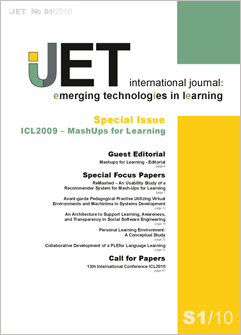The article about „Interactive Lecturing by Integrating Mobile Devices and Micro-blogging in Higher Education“ is now published in the Journal Computing and Information Technology. Further there is a short video about the content of the paper.
Abstract:
Following the recent advances in both technology and social interaction, implementation of interactivity to large lecture rooms presents itself as a promising new methodology to improve the learning and teaching process in academia. Namely, based on the underlying ideas of Web 2.0, learners should be able to collect and share online resources during a lecture, additional communication channels such as discussion forums, chat and micro-blogging helping to achieve interactivity on traditional face-to-face teaching. Building on such premises, first experiences have been acquired by the use of mobile devices and instant messaging in enhancing the learning and teaching behavior, with the help of a university wide available Learning Management System (LMS), which has accordingly been adapted and extended to the specific needs of supporting interactivity through mobile devices. The LMS is intended to use common and existing software and hardware (devices of the learners). The goal of the above research is to find out the potentials of interactivity in order to enhance students‘ engagement in traditional face-to-face teaching in Higher Education. The paper describes the outcomes of the first experiments in implementing interactivity in Higher Education in such a framework within the Graz University of Technology (TU Graz) and comments on the methodology applied. The experiments, which have been performed during lecturing within the course „Social Aspects of Information Technology“ at the BSc level, attended by about 200 students, have shown that such kind of interactivity has a positive effect on the learners‘ engagement.
Reference: Ebner, M. (2009), Interactive Lecturing by Integrating Mobile Devices and Micro-blogging in Higher Education, Journal of Computing and Information Technology (eCIT), Vol. 17, No. 4, December 2009, pp. 371-381 doi:10.2498/cit.1001382
Full article as [.pdf]

 Der zweite Termin der heurigen Vorlesung „Gesellschaftliche Aspekte der Informationstechnologie“ an der TU Graz besteht aus folgenden 2 Vorträgen:
Der zweite Termin der heurigen Vorlesung „Gesellschaftliche Aspekte der Informationstechnologie“ an der TU Graz besteht aus folgenden 2 Vorträgen:




